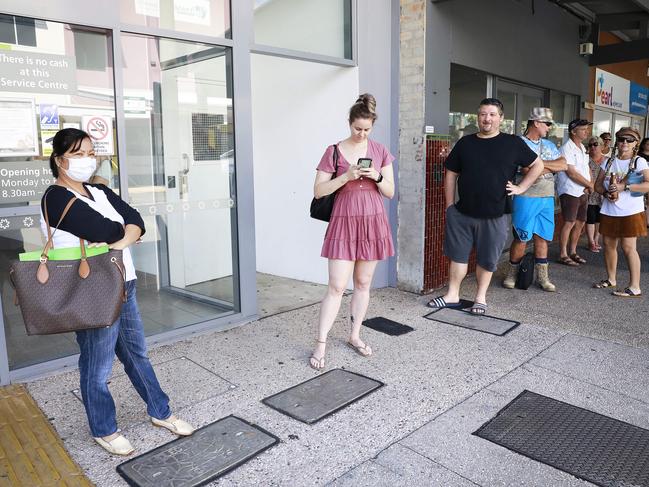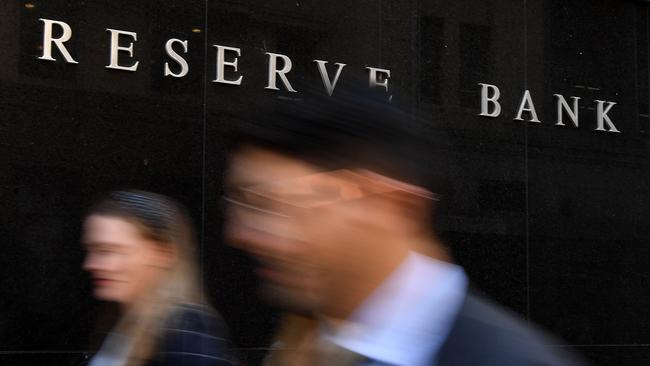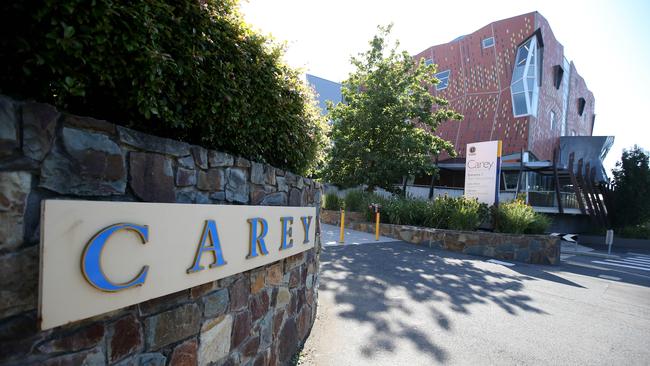
These extraordinary weeks of self-isolation and social distancing leave plenty of time to contemplate what has come before, and what may lie ahead.
I remember my great-aunt Elsie very well. Tall and thin as a rake, she had been married to George for a few months when he succumbed to the Spanish flu in 1919. She never remarried. She never had children. She lived for a time in boarding houses before buying a small house with a small garden. I can still remember her hurtling around the neighbourhood in her Morris Minor at a time when it was uncommon for women of her age to drive.

The broader point is that certain events can have significant and sustained effects on people’s lives, careers and incomes. In the case of COVID-19, a fate similar to the one that befell aunt Elsie is unlikely to be much repeated for today’s young people. Older people are overwhelmingly the ones most likely to die of COVID-19.
But the massive downturn in the economy associated with the current public health restrictions, which sparked widespread job losses, will likewise have a profound effect on the prospects of many people, both in an immediate way but also across time. The same goes for the interruptions to education and training.
Economists have always been interested in whether recessions affect the longer-term job and income outcomes for people, particularly those seeking to enter the labour market during downturns. There have been plenty of instances to work with, including here in Australia.
Longitudinal data that tracks the same individuals across time have greatly assisted economists to estimate these effects, including by comparing similar cohorts who have been less affected by these adverse economic events.
Take the Brookings Institution study by Steven Davis and Till von Wachter. Using the period 1974 to 2008, the authors estimate men in the US lost an average of 1.4 years of pre-displacement earnings if laid off when the national unemployment rate was less 6 per cent.
But if the unemployment rate was greater than 8 per cent, the loss of earnings rose to 2.8 years of pre-displacement earnings. The broader state of the labour market matters a great deal.

A recent study by two economists at the Reserve Bank of Australia, Zoya Dhillon and Natasha Cassidy, looked at labour market outcomes for younger people in Australia. With little work experience and often few job-specific skills, quite a few young people were found to struggle to secure a foothold in the labour market at the best of times.
When the economy turned sour, however, the impact fell disproportionately on young people as they failed to secure jobs and were often the first to be laid off.
These cyclical effects were overlaid by some structural changes in the labour market that have seen youth unemployment rise relative to overall unemployment. Additionally, the rate of underemployment — people wanting to work more hours — has been rising for young people, and the proportion of young people not in the labour force, employment or training (the so-called NEETs) has also increased.
Having said this, another RBA study provides some grounds for optimism. Comparisons were made of the effects of three significant economic downturns in Australia — the early 1980s, the early 90s and the global financial crisis of 2008-09 — on unemployment and employment.
The first two episodes were associated with soaring numbers of jobless, with the rates of unemployment rising by about five percentage points, trough to peak. Employment also dropped significantly, by between 3.5 per cent and 4 per cent.

In the mid-2000s, by contrast, the unemployment rate rose by less than two percentage points and the level of employment fell by only one-half of a percentage point. Overwhelmingly, reducing working hours of existing workers carried the burden of adjustment. The more flexible labour market arrangements that existed by then relative to the earlier periods facilitated this outcome.
But before we get too excited by this result, bear in mind that the current restrictions on economic activity are deeming the operations of some employing enterprises prohibited or uneconomic.
The scope for employers to reduce the working hours of their employees is very limited at this point, although there are doubtless examples.
Rather, we have multiple instances of large-scale lay-offs and stand-downs, which point to a significant uptick in the rate of unemployment, with 10 per cent by the middle of the year not being out of the question.
When it comes to interruptions to education and training, we don’t have very good data on this because instances of this occurring are so rare. We have estimates of the value of an extra year of schooling on individuals’ employment and earnings prospects but these are not particularly relevant to the current situation.
There are estimates around the closing of schools potentially leading to a reduction in GDP of between 2 per cent and 8 per cent, depending on what assumptions are made about parents being forced to stay at home to look after children and the value of home-based learning.
At the very least, the disruption to schooling is likely to have particularly adverse effects on children from more disadvantaged backgrounds relative to others. Children from more affluent households will have access to resources that should allow them to continue their education to some degree.

The other point is that the disruption to education affects young people at certain junctures relative to others. For those doing Year 12, those who are about to graduate and those who have just graduated, the effects of the disruptions are particularly acute.
The additional trouble for them is that next year there will be another group of slightly younger students and graduates who will be competing for the same university slots and jobs, assuming there is a return to a degree of normality by then.
The bottom line is that we already know bad economic times can have deep and persistent scarring effects on many people, particularly the young.
And it’s not only about their income and job prospects but also their mental health. Parents also will be faced with the prospect of their adult children staying even longer at home or returning to live at home.
For a variety of reasons, this time around the damage is likely to be even greater than normal because of the speed and widespread nature of the downturn, as well as the closure or disruption to education and training.
The government’s sizeable wage subsidy scheme is an attempt to retain connections between employers and workers as well as offer income relief. The hope is that some of the scarring effects of this unprecedented collapse in the labour market can be attenuated by such measures.
Even so, further initiatives will be required in due course to help as many as people as possible resume rewarding education and career paths.







